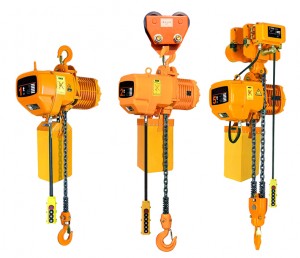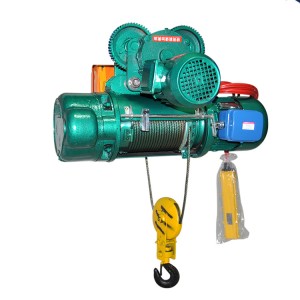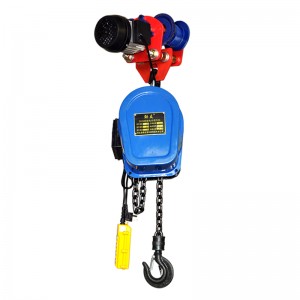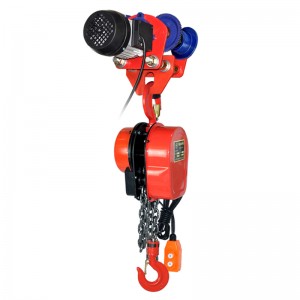Here are some additional details about lifting hoists:
Components of a Lifting Hoist:
Motor: Most hoists are powered by an electric motor, although some may use other power sources like hydraulic or pneumatic systems.
Lifting Mechanism: The lifting mechanism can vary depending on the type of hoist. It could be a chain, wire rope, or a belt system.
Control System: Hoists typically have control mechanisms to regulate the lifting and lowering of the load. This can include pendant controls, push-button stations, or remote control systems.
Brake System: Hoists are equipped with brake systems to hold the load in place and prevent it from falling when the motor is not running. Some hoists have mechanical brakes, while others use electromagnetic brakes.
Load Chain/Wire Rope: The load chain or wire rope is the component that connects to the load and provides the lifting function. It is designed to handle the weight and stress of the load.
Hook or Lifting Attachment: Hoists feature hooks or other lifting attachments to secure the load. These attachments can be swivel or fixed, depending on the hoist design.
Safety Features: Modern hoists often include safety features such as overload protection, emergency stop buttons, and limit switches to prevent excessive lifting or lowering and ensure operator safety.
Post time: Apr-29-2024








